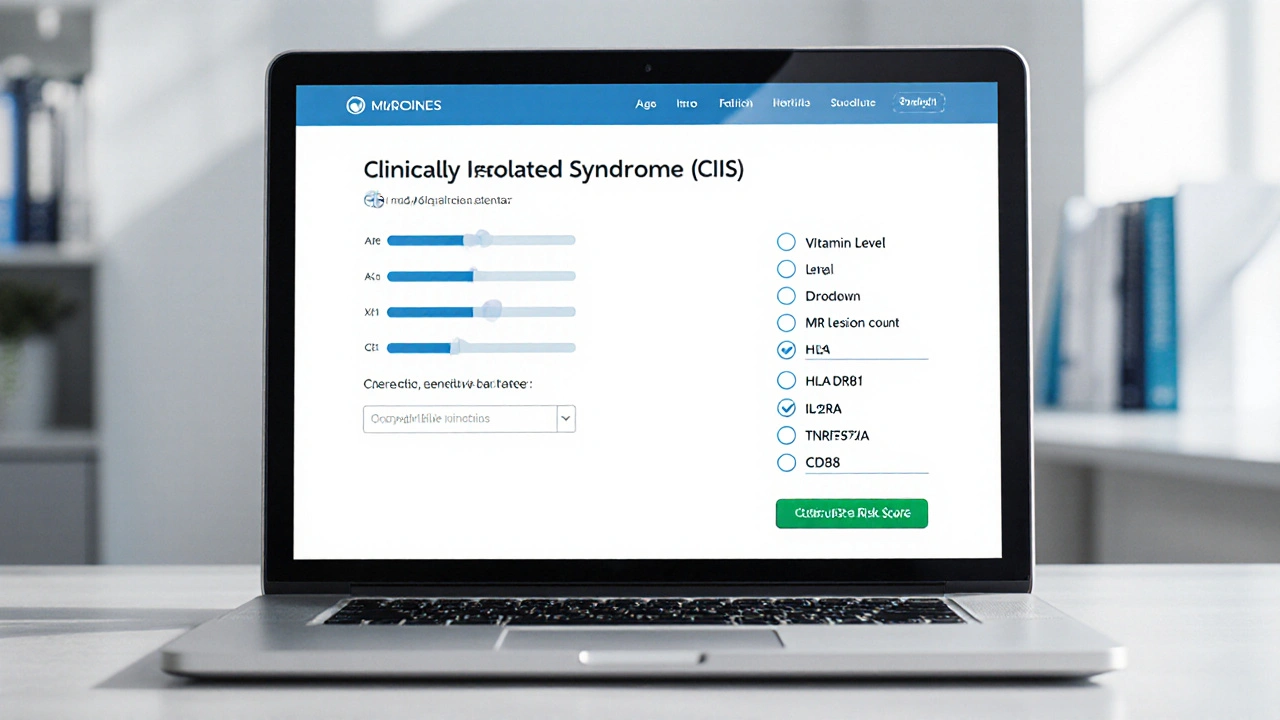Clinically Isolated Syndrome (CIS): Simple Guide
If you or someone you know has just had a single episode of neurological trouble—like vision loss, numbness, or balance problems—you might have heard doctors mention "clinically isolated syndrome" or CIS. In short, CIS is a one‑time event that looks like multiple sclerosis (MS) but hasn’t yet turned into the full disease. It’s a warning sign, not a diagnosis, and the good news is that early steps can often keep it from worsening.
How Doctors Diagnose CIS
Diagnosing CIS starts with a detailed medical history and a neurological exam. Doctors look for any new brain or spinal‑cord lesions on an MRI scan. If the scan shows at least one lesion that matches the symptoms, and there’s no other explanation, the case is labeled as CIS. Blood tests and sometimes a lumbar puncture (spinal‑fluid test) are added to rule out infections or other conditions. The key is that the symptoms are isolated—meaning they haven’t recurred or spread yet.
Why Early Treatment Matters
Research shows that about 30‑60% of people with CIS develop MS within five years, especially if MRI shows multiple lesions. That’s why many neurologists recommend starting disease‑modifying therapy (DMT) right away. Common DMTs include interferon‑beta injections, glatiramer acetate (Copaxone), and newer oral options like dimethyl fumarate. These medicines don’t cure MS, but they can lower the chance of a second attack and slow overall disease progression.
Besides medication, lifestyle tweaks help keep the nervous system healthy. Regular exercise, a balanced diet rich in omega‑3 fats, and adequate vitamin D (especially in Canada’s northern climate) are all linked to lower relapse risk. Smoking cessation is critical—smoking doubles the odds of converting from CIS to MS.
Staying on top of follow‑up appointments is essential. Most doctors schedule MRI scans every six to twelve months to monitor for new lesions. If a new lesion appears, treatment plans can be adjusted quickly. You don’t have to wait for a second attack to act; early action often makes a big difference.
Living with CIS can feel unsettling, but you have tools to manage it. Talk openly with your neurologist about the pros and cons of starting a DMT now versus a watch‑and‑wait approach. Ask about side‑effects, monitoring requirements, and how each medication fits your daily routine. Remember, the goal is to keep your nervous system as stable as possible and reduce the chance of developing full‑blown MS.
If you’re searching for medication details, Canada Drug Center offers clear, up‑to‑date info on each DMT, including dosing, common side effects, and cost‑saving tips. Use that resource to feel more confident about any prescription you consider.
Bottom line: CIS is a single neurological event that signals a potential risk for MS. Early diagnosis, regular MRI monitoring, and prompt treatment can significantly lower that risk. Stay proactive, keep the conversation going with your healthcare team, and use reliable online guides to stay informed.
Clinically Isolated Syndrome & Genetics: What You Need to Know
by Prudence Bateson Oct 2 2025 11 Neurological HealthExplore how genetics influence Clinically Isolated Syndrome, its conversion to multiple sclerosis, and what testing, lifestyle changes, and early treatment can mean for patients.
READ MORE
